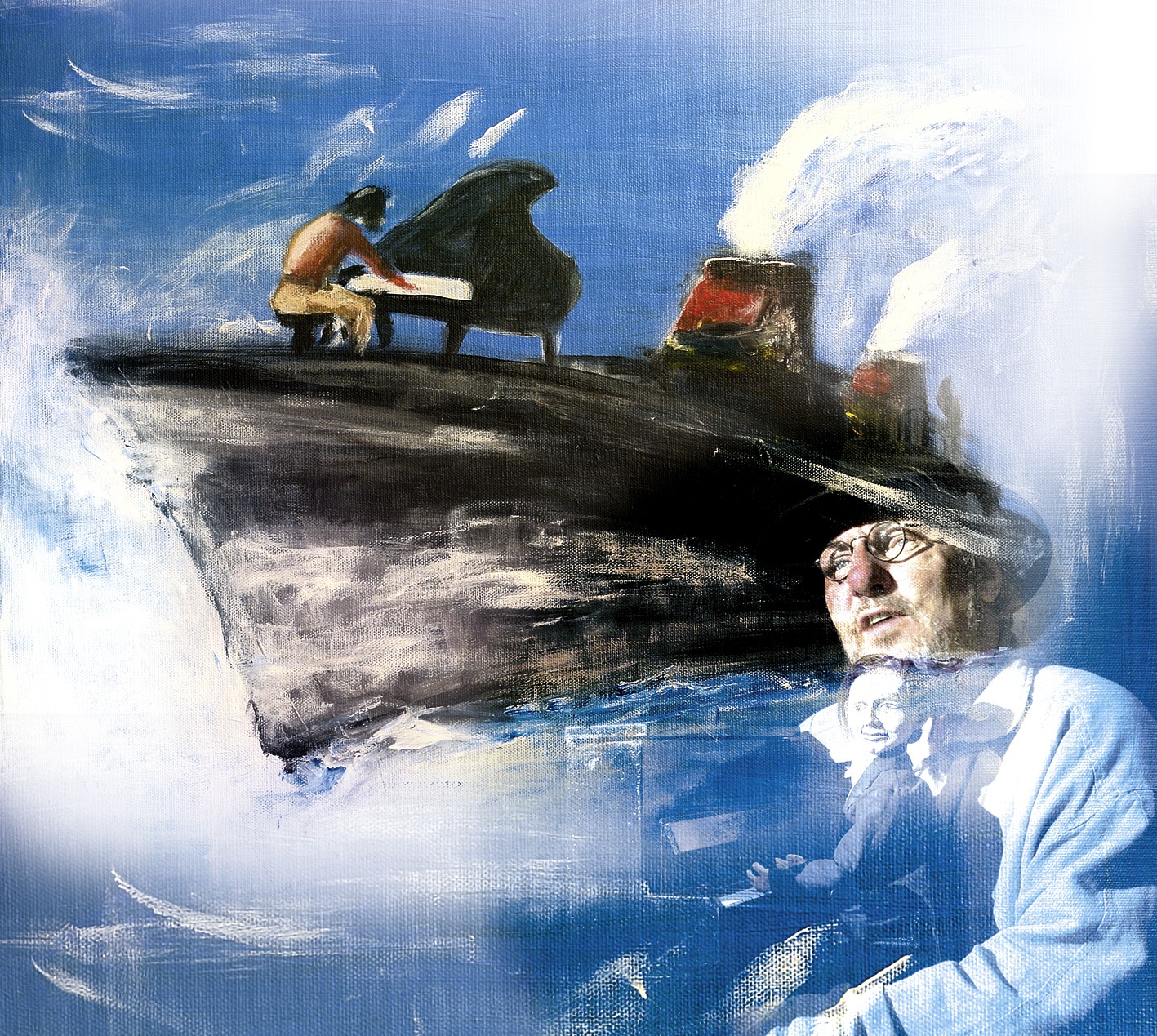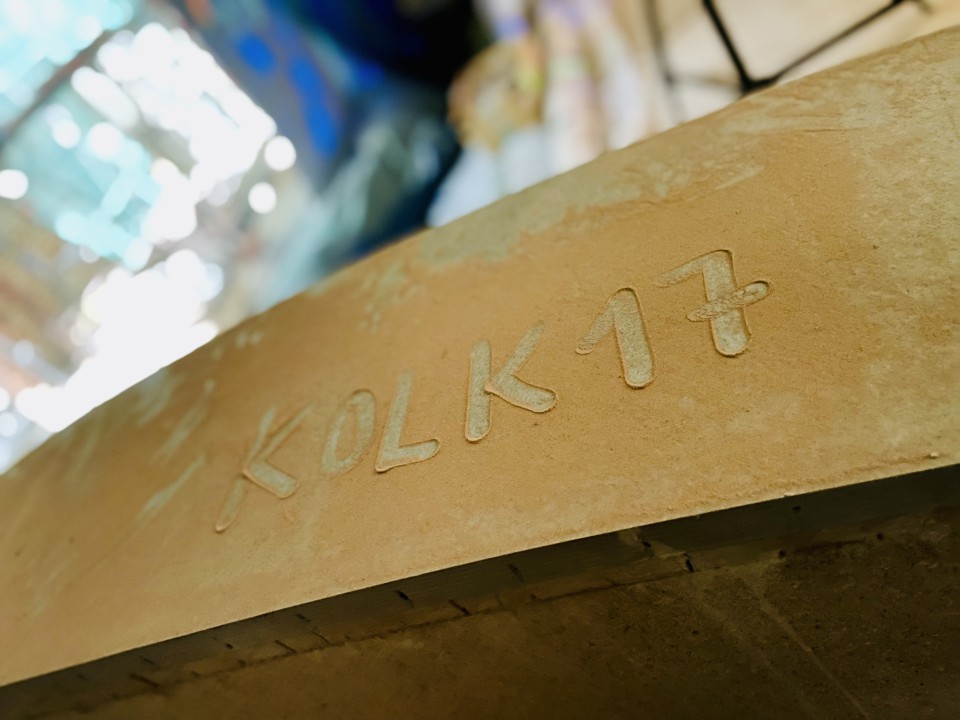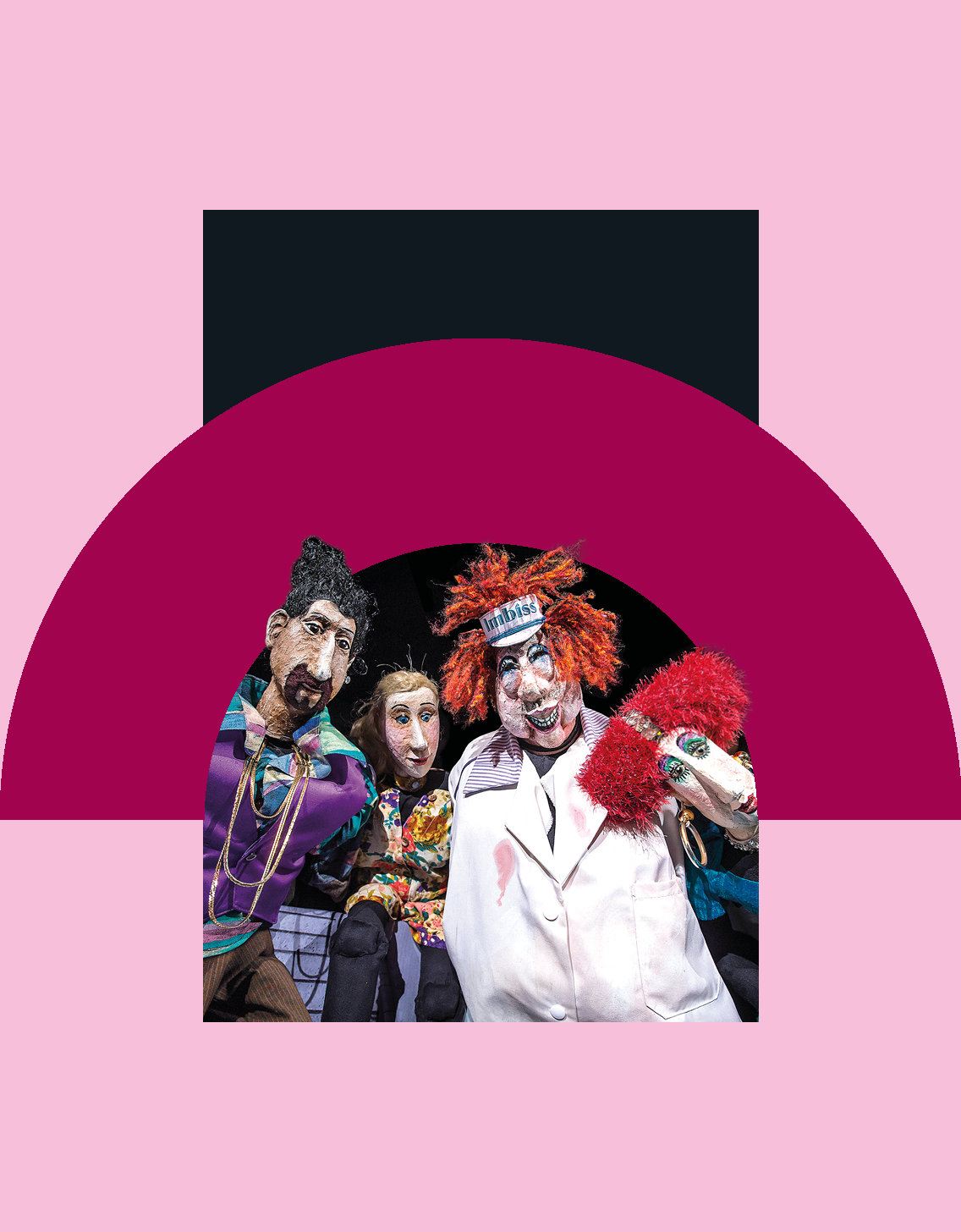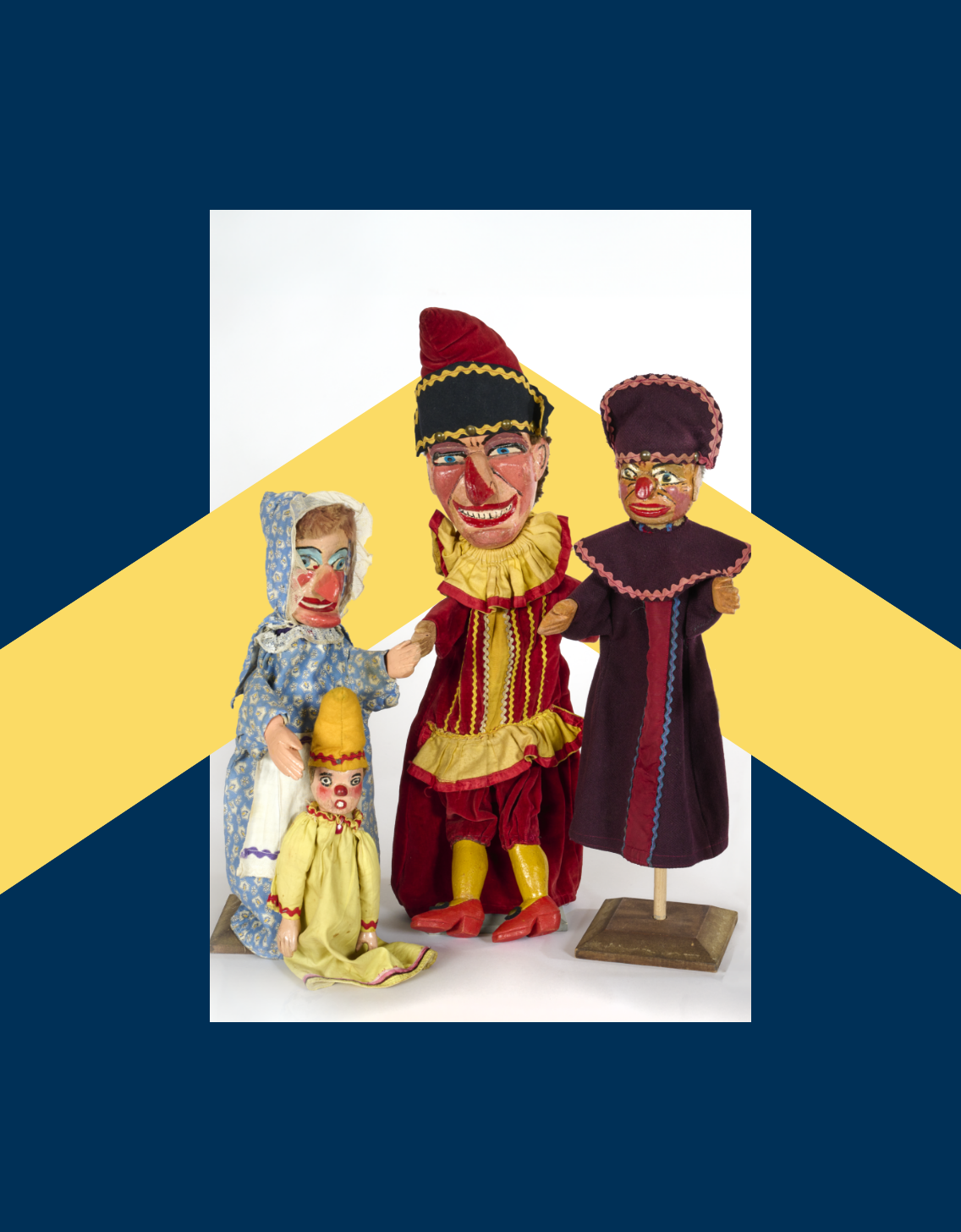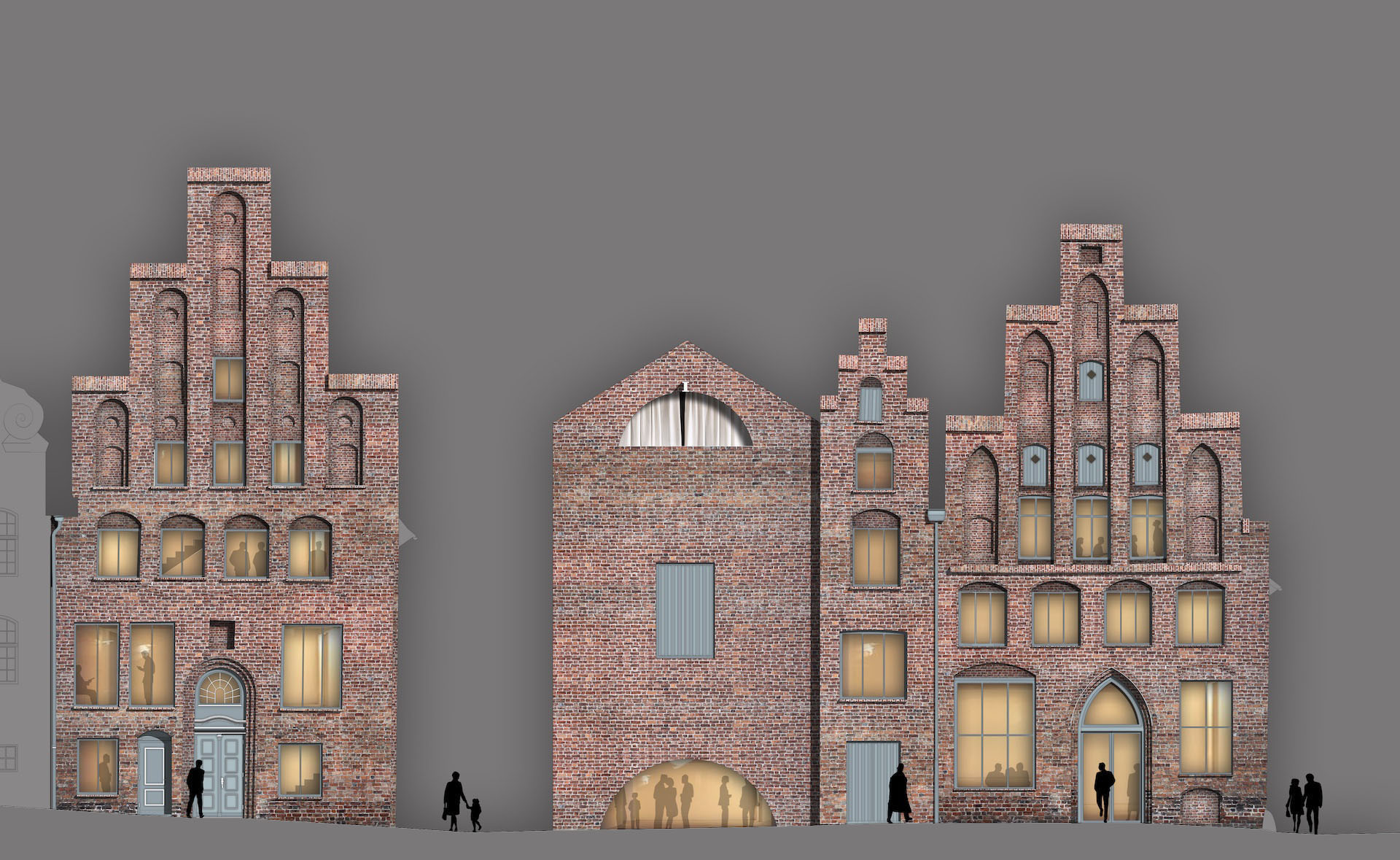Warum eigentlich 17? Die Bedeutung unseres Namens
Unsere 17 steht für Augenzwinkern, Verspieltheit und Kreativität, Jugend und Aufbruch; manche finden die 17 auch unheimlich und tiefgründig. In dieser Zahl wollen sich das Theater (bisher offiziell 20/22) und das Museum (bisher offiziell 14-18) wiederfinden.
